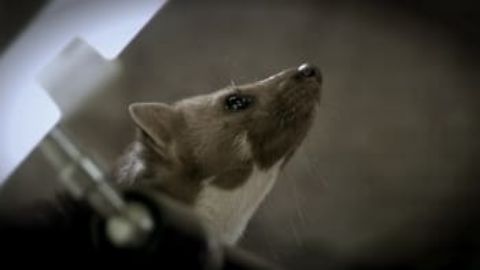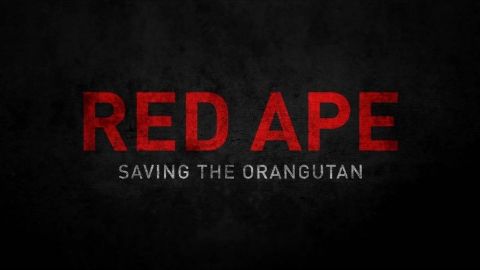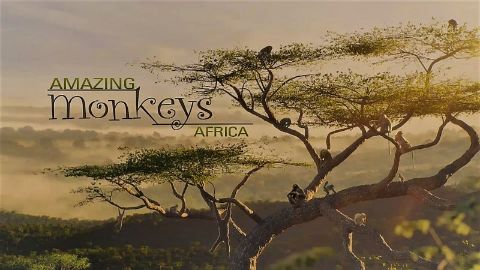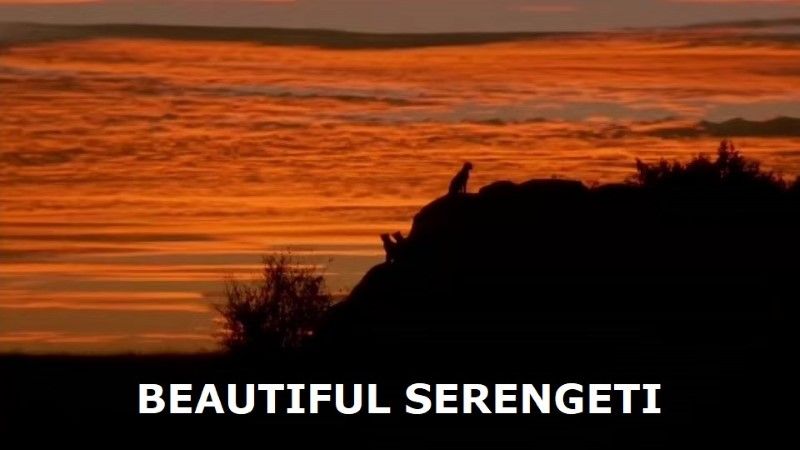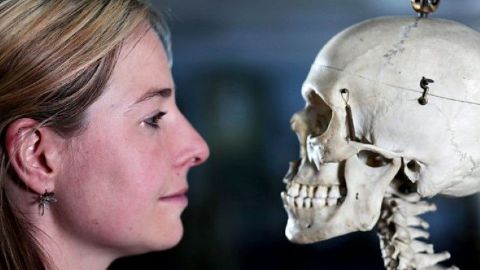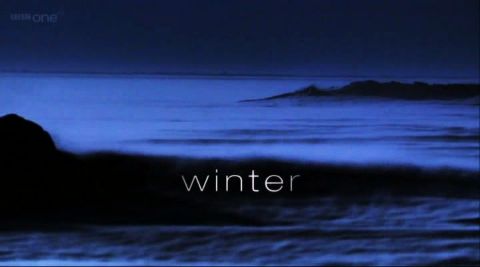Creepy Crawlies • 2021
The ultimate guide to invertebrates, with key biological themes to show a wide range of species. Chapter 1: The Bug Buffet Bugs are the base of the food chain, food for just about everything else, but to start the process, they too must eat. Just like the bigger animals of the plains, there are grazers, scavengers, and predators that hunt them, termites growing fungi, and bees making their own honey. Chapter 2: Breeding Rutting deer and flirting love birds might be what we think of with animal courtship, but even bugs need to breed, and they face all the same challenges of winning a mate and raising their young. Some display, some caress, others fight. There are even insects that care for their young. Chapter 3: Army Few creatures have complex levels of regimented society as social insects. Bees, termites, ants, and wasps can form armies to help them build elaborate homes, defend their territories, grow their own food, raise their young and hunt their prey.
Make a donation
Buy a brother a hot coffee? Or a cold beer?
Hope you're finding these documentaries fascinating and eye-opening. It's just me, working hard behind the scenes to bring you this enriching content.
Running and maintaining a website like this takes time and resources. That's why I'm reaching out to you. If you appreciate what I do and would like to support my efforts, would you consider "buying me a coffee"?
Donation addresses
BTC: bc1q8ldskxh4x9qnddhcrgcun8rtvddeldm2a07r2v
ETH: 0x5CCAAA1afc5c5D814129d99277dDb5A979672116
With your donation through , you can show your appreciation and help me keep this project going. Every contribution, no matter how small, makes a significant impact. It goes directly towards covering server costs.
